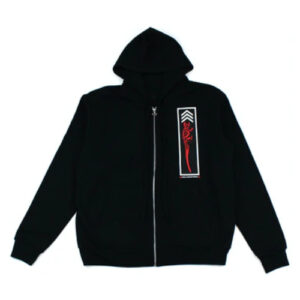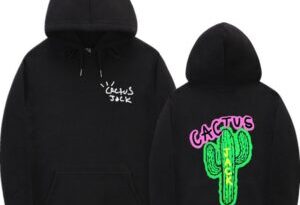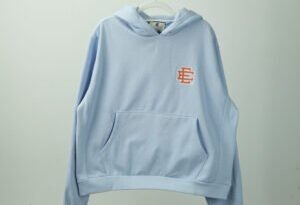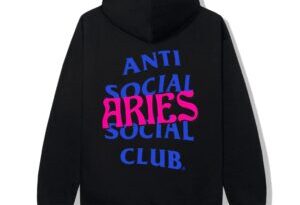Chrome Hearts Hoodie Exploring Eco-Friendly Colors
In the ever-evolving landscape of fashion, sustainability has become a key focus for both consumers and producers. As the demand for environmentally conscious practices continues to rise, the textile industry is exploring innovative ways to reduce its ecological footprint. One crucial aspect of this journey is the dyeing process, where traditional methods often involve harmful chemicals and excessive water usage. This article delves into the world of chrome hearts hoodies and sustainable dyeing techniques, shedding light on the importance of eco-friendly colors in contemporary fashion.
The Rise of Sustainable Fashion:
Sustainable fashion has emerged as a response to the environmental challenges posed by the conventional textile industry. Consumers are increasingly seeking ethically produced chrome hearts hoodie pushing brands to adopt eco-friendly practices. Hoodies, a wardrobe staple for many, are no exception to this trend. Understanding the environmental impact of traditional dyeing methods is crucial in steering the fashion industry toward sustainable alternatives.
Conventional Dyeing Techniques:
Conventional dyeing processes often involve the use of synthetic dyes and chemicals that pose significant environmental threats. These substances not only contaminate water sources but also contribute to soil degradation. Additionally, the excessive chrome hearts hoodie water consumption associated with traditional dyeing methods raises concerns, especially in regions facing water scarcity.
The Shift Towards Natural Dyes:
One sustainable alternative gaining traction is the use of natural dyes derived from plant sources. These dyes not only provide a wide range of colors but also eliminate the need for harmful chemicals. Exploring the viability of natural dyes for chrome hearts hoodie presents an opportunity to align fashion choices with environmental responsibility.
Innovations in Recycled Materials:
Beyond dyeing techniques, the incorporation of recycled materials in hoodie production is another avenue for sustainable fashion. Brands are increasingly utilizing recycled cotton and polyester to create yeezygap hoodies that minimize the demand for new raw materials. This shift not only reduces waste but also lessens the environmental impact of hoodie production.
Waterless Dyeing Technologies:
In the quest for sustainability, researchers and manufacturers are developing waterless dyeing technologies. These innovations aim to revolutionize the way colors are applied to textiles, eliminating the need for large quantities of water. Examining the potential of waterless dyeing for hoodies offers insights into how this technology can reshape the future of fashion. Examining the benefits of producing sustainable hoodies closer to the point of consumption reveals the potential for a more efficient and environmentally friendly supply chain.
Consumer Awareness and Ethical Choices:
The rise of sustainable fashion is closely linked to increased consumer awareness. Individuals are now more informed about the environmental consequences of their choices and are making conscious decisions to support eco-friendly brands. Understanding the role of consumers in driving the demand for sustainable hoodies is crucial for fostering positive change in the fashion industry.
Challenges and Opportunities for the Future:
While strides have been made in incorporating sustainable dyeing techniques for hoodies, challenges persist. Issues such as scalability, cost-effectiveness, and industry-wide adoption pose hurdles to widespread implementation. Exploring these challenges alongside the opportunities they present is essential in charting the future course of sustainable fashion. Localized production not only reduces transportation-related carbon emissions but also fosters a closer connection between manufacturers and consumers.
Conclusion:
As the fashion industry navigates the path towards sustainability, the dyeing process emerges as a focal point for change. Hoodies, as a popular and versatile garment, stand at the intersection of style and environmental responsibility. Embracing eco-friendly dyeing techniques not only enhances the appeal of hoodies but also contributes to a more sustainable and ethical fashion landscape. The journey towards eco-friendly colors is a collective effort, involving designers, manufacturers, and consumers in a shared commitment to a greener and more responsible future.




